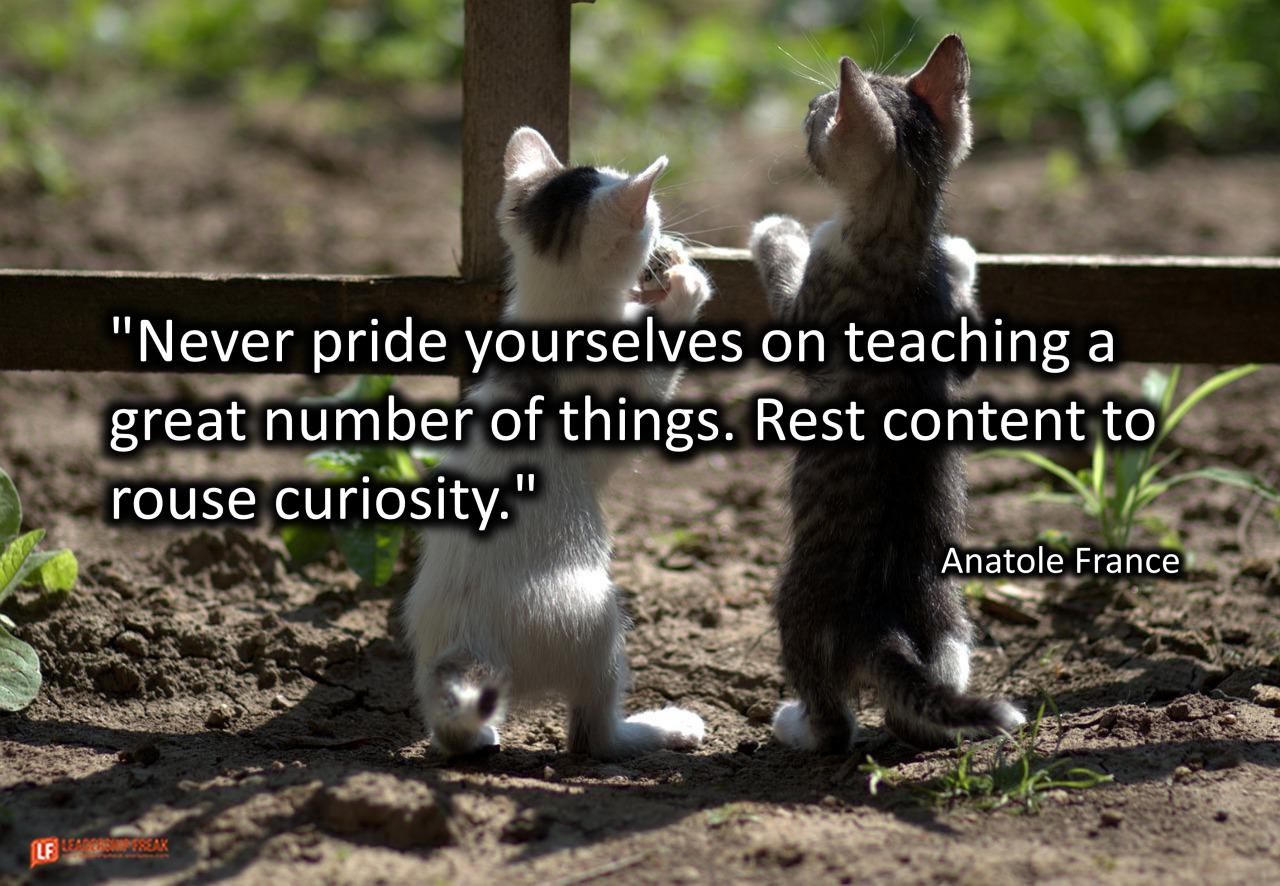From Curiosity to Commitment The Journey of Buying a Gadget sets the stage for an exploration into the fascinating world of gadget acquisition. It all begins with a spark of curiosity about the latest technology, leading potential buyers through a maze of options, features, and decisions. This journey is not just about making a purchase; it’s about understanding needs, evaluating choices, and ultimately, making a commitment that reflects one’s lifestyle and preferences.
The process unfolds as consumers navigate through research, comparing various gadgets while weighing the pros and cons of each. Emotional factors, brand loyalty, and peer influence play significant roles in this journey. By examining the motivations and challenges faced during this experience, we can better appreciate what drives individuals to transition from mere interest to the final decision to buy.
In today’s fast-paced world, the significance of effective communication cannot be overstated. Whether we’re engaging in casual conversations or formal discussions, the way we convey our thoughts and ideas plays a pivotal role in how we are perceived and understood. The art of communication extends beyond merely exchanging words; it involves understanding the nuances of context, tone, and body language, all of which contribute to the effectiveness of our message.
One of the critical elements of communication is clarity. When communicating, it’s essential to express your thoughts clearly and concisely. This can be particularly challenging in written communication, where the absence of vocal tone and body language can lead to misunderstandings. To ensure that your message is understood as intended, try to avoid jargon and overly complex phrases. Instead, opt for simple, straightforward language that is accessible to your audience.
For instance, in a professional email, instead of saying, “We would like to solicit your feedback on the preliminary proposal at your earliest convenience,” you could simply say, “We would love to hear your thoughts on the proposal whenever you have a moment.” This minor adjustment not only makes your message clearer but also feels more approachable and friendly.
Active listening is another crucial aspect of effective communication. When engaged in a conversation, it’s vital to listen attentively to the other person. This means not only hearing their words but also understanding their message, emotions, and intentions. Engaging in active listening involves nodding, maintaining eye contact, and occasionally paraphrasing what the other person has said to confirm your understanding. By doing this, you demonstrate respect and validate their feelings, which can foster a more open and productive dialogue.
Moreover, the role of non-verbal communication should not be underestimated. Body language, facial expressions, and even your posture can significantly influence how your message is received. For example, crossing your arms may come across as defensive, while an open posture can signal receptiveness. Being aware of your body language and how it aligns with your spoken words can enhance the impact of your communication.
In a professional setting, it’s also essential to be mindful of your tone. The way you say something can be just as important as what you say. A warm, friendly tone can create a sense of camaraderie, while a cold, harsh tone can put people on the defensive. When delivering constructive criticism, for example, it’s beneficial to approach the conversation with empathy and understanding. Instead of saying, “You did this wrong,” you might say, “I noticed this area could use some improvement, and I’d love to help you work through it.” This approach not only softens the blow but also encourages collaboration.
In addition to clarity, active listening, and non-verbal cues, the context of the conversation should also be considered. Different situations may require different communication styles. For instance, when addressing a room full of colleagues during a meeting, you might adopt a more formal tone and structure, whereas a casual conversation with a friend at a coffee shop may allow for a more relaxed and informal exchange. Understanding the context helps tailor your communication style to suit the audience and setting, leading to more effective interactions.
Furthermore, cultural differences can significantly influence communication styles. What may be considered polite or acceptable in one culture may not translate the same way in another. For example, in some cultures, direct eye contact is seen as a sign of confidence and engagement, while in others, it may be perceived as confrontational or disrespectful. Being aware of these differences can enhance your ability to communicate effectively across cultural boundaries.
When it comes to written communication—be it emails, reports, or social media posts—maintaining professionalism is paramount. Even in informal settings, it’s crucial to uphold a certain level of decorum. This can be achieved by proofreading your messages for grammatical errors, avoiding slang or overly casual language, and being thoughtful about the content you share.
Additionally, in our digital age, the rise of social media has transformed the way we communicate. While these platforms offer convenient and immediate ways to connect with others, they also come with unique challenges. The lack of face-to-face interaction can lead to misinterpretations, and the permanence of online messages can have lasting implications. Before hitting ‘send’ on a post or message, it’s wise to consider how your words might be perceived and the potential impact they could have.
Moreover, fostering open communication is vital for building strong relationships, both personally and professionally. Encouraging others to share their thoughts and feedback creates an environment of trust and collaboration. When people feel safe expressing their opinions, it can lead to more innovative ideas and solutions.
In conclusion, effective communication is a multifaceted skill that requires practice and mindfulness. By focusing on clarity, active listening, and being aware of non-verbal cues, we can enhance our interactions and foster more meaningful connections. Understanding the context and cultural nuances of communication further enriches our ability to engage with others. As we navigate the complexities of communication in our daily lives, let us strive for authenticity, empathy, and respect, ensuring that our words create bridges rather than barriers.
In summary, the journey from curiosity to commitment in buying a gadget encapsulates a blend of excitement, research, and personal preference. As technology continues to evolve, the decision-making process may also shift, but the core elements of understanding and commitment will remain vital. This exploration encourages potential buyers to engage thoughtfully with their choices, making informed decisions that align with their needs and aspirations.
User Queries: From Curiosity To Commitment The Journey Of Buying A Gadget
What factors influence the decision to buy a gadget?
Factors include personal needs, budget, brand reputation, and peer recommendations.
How can I ensure I’m making an informed gadget purchase?
Research online reviews, compare features, and seek advice from knowledgeable friends or experts.
Is it better to buy the latest model or a previous version?
It depends on your needs; latest models may have new features, but previous versions can be more cost-effective.
How important are warranties and return policies when buying gadgets?
They are crucial as they offer protection and flexibility in case the gadget does not meet your expectations.
What role does social media play in gadget purchasing decisions?

Social media influences trends, provides reviews, and allows consumers to see real-world usage of gadgets.



